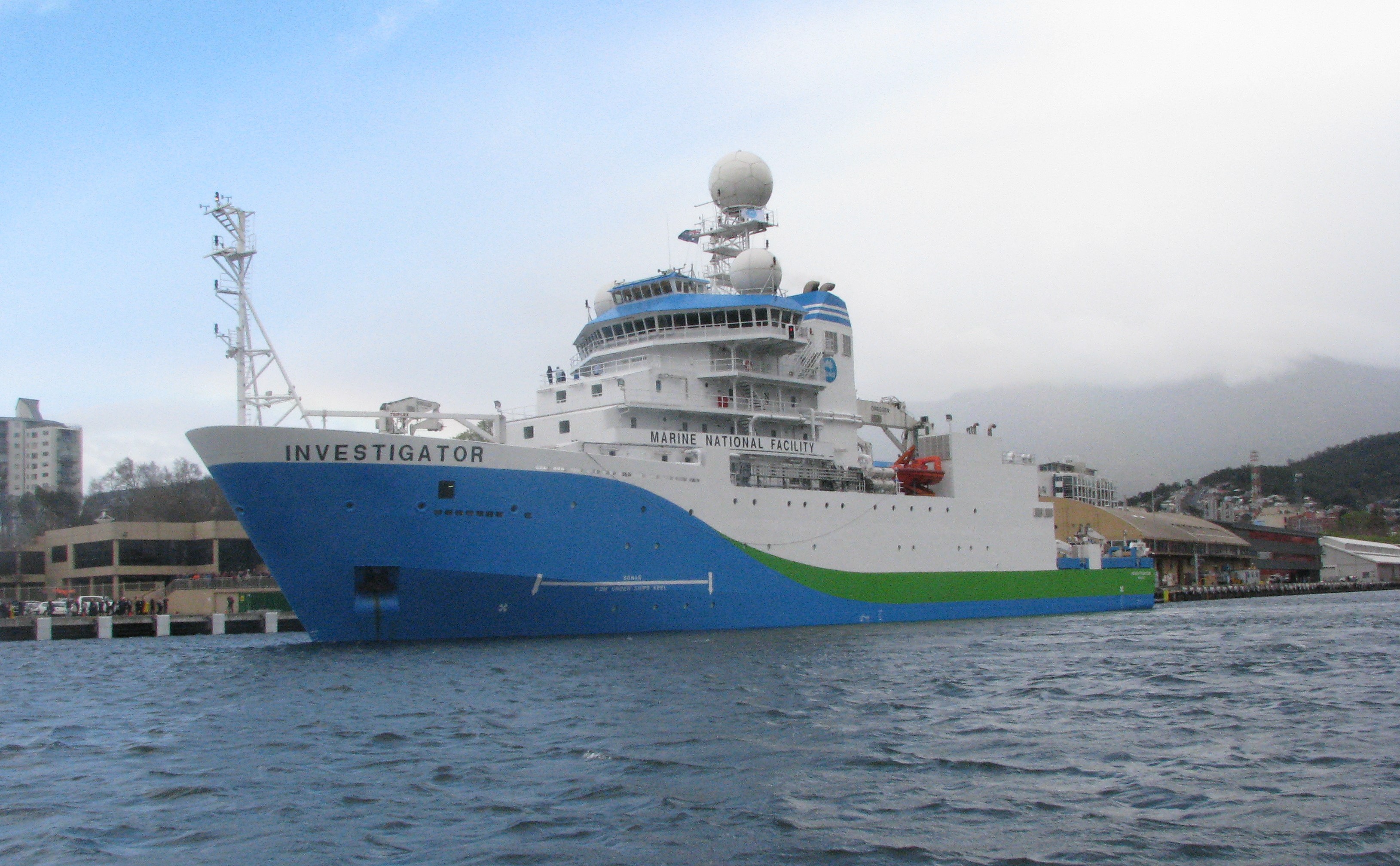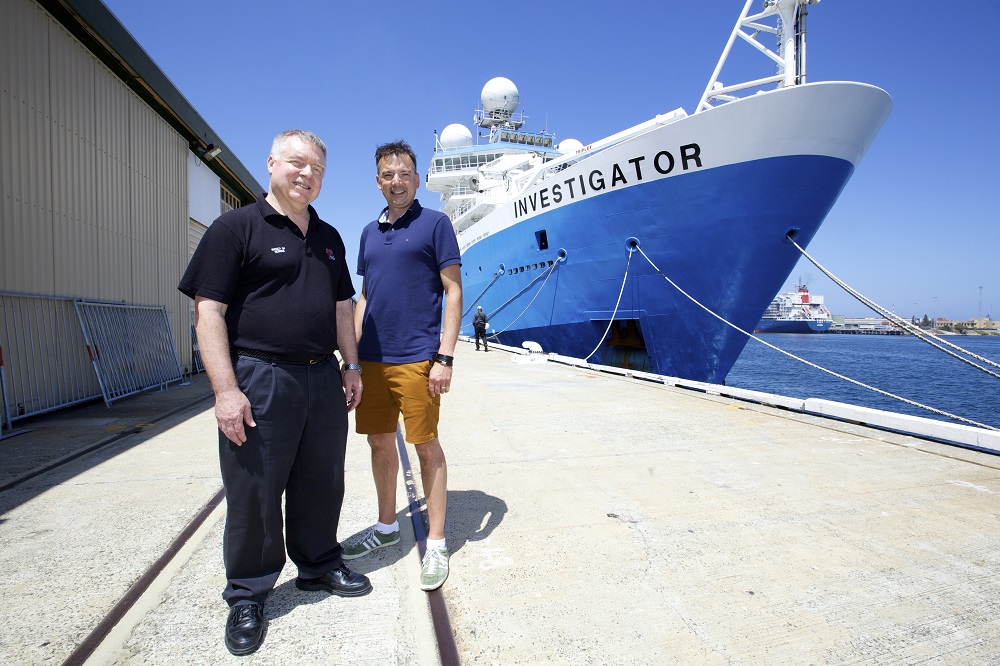
Over the next 58 days a major IMAS research voyage will study the link between underwater volcanoes and the mobilisation of iron which enriches and supports life in the Southern Ocean.
Led by IMAS Chief Scientist Professor Mike Coffin, scientists on board the CSIRO research vessel Investigator will study the area around Heard and McDonald Islands, 4,000 km south-west of Perth and 2,000 kilometres north of Australia's base at Davis Station in Antarctica.
"We suspect that hydrothermally mobilised iron is critical to the growth of phytoplankton blooms, the foundation of life in the Southern Ocean ecosystem," Professor Coffin said. "Moreover, phytoplankton contribute at least half of the oxygen in the Earth's atmosphere.
"This voyage, my sixth to the region since 1985, will allow us to map the seafloor on the Kerguelen Plateau systematically for the first time so we can identify active submarine volcanoes and the source of iron-enriched waters.
"As well as supporting ocean life and supplying our atmosphere with oxygen, phytoplankton blooms impact carbon, nitrogen, silicon and sulphur, which influence the Earth's entire climate system."

Associate Professor Andrew Bowie, Co-Chief Scientist and a leading expert on ocean iron biogeochemistry, said the growth of phytoplankton is limited by the trace element iron in the Southern Ocean.
"Quite simply, the Southern Ocean is anaemic. If we find that iron supplied through hydrothermal activity exerts control on the dynamics of phytoplankton blooms and fertilising the Southern Ocean, as we postulate, it will be the first proven link globally between solid Earth processes associated with hotspot volcanism and biological processes in the ocean."
Investigator's capabilities will allow scientists to capture 3D images of the seafloor; tow a deep sea camera; deploy sensors; collect rock, sediment, and sea water samples to allow tracking of hydrothermal fluids from the seafloor to the ocean's surface; and identify phytoplankton blooms.
Departing Fremantle on 8 January and ending in Hobart on 5 March, the voyage includes 26 scientists and students from IMAS, the Antarctic Climate and Ecosystems CRC, the University of Tasmania, ANU, CSIRO, the University of New South Wales, the Pierre and Marie Curie University/CNRS's (France) Microbial Oceanography Laboratory (LOMIC), the University of Western Brittany's (France) European Institute for Marine Studies (IUEM), and the Scripps Institution of Oceanography, University of California, San Diego.
This Project is supported through funding from the Australian Government's Australian Research Council and Australian Antarctic Science Grant Program.